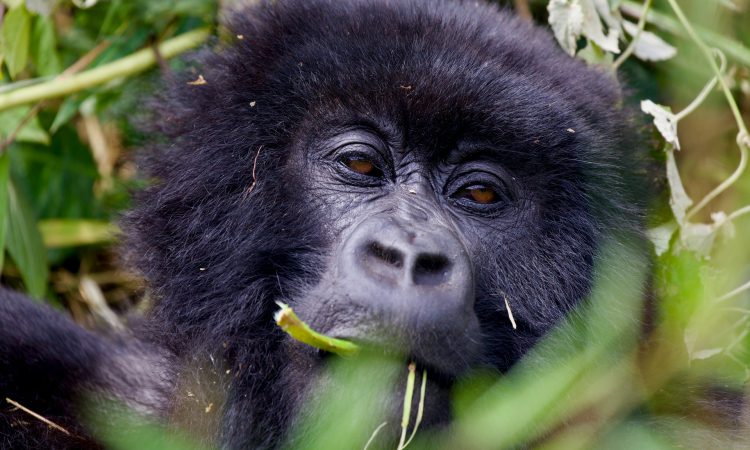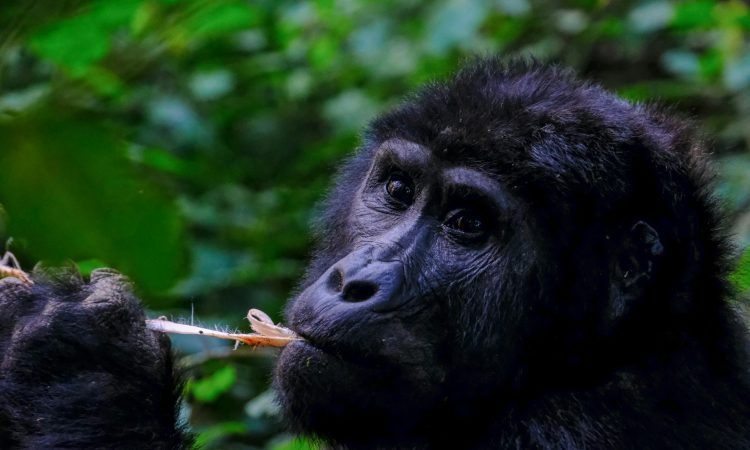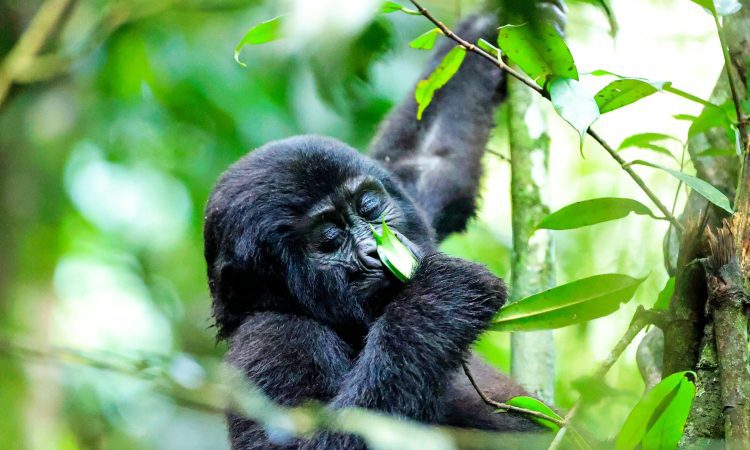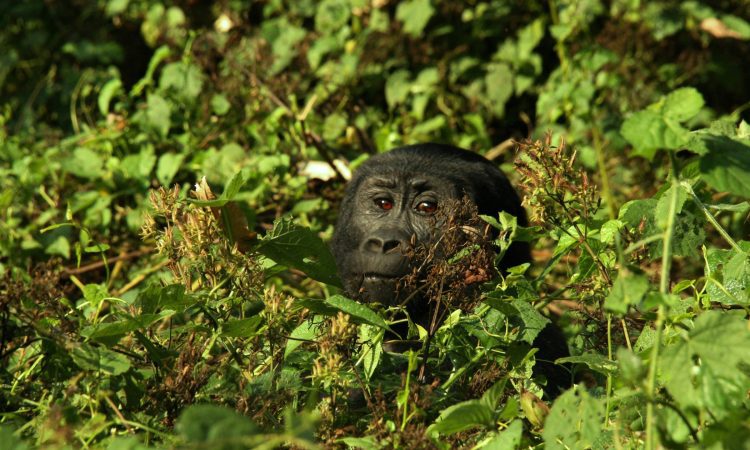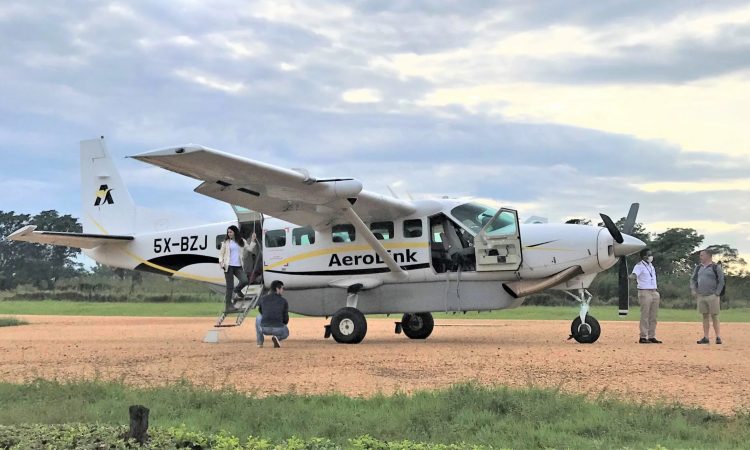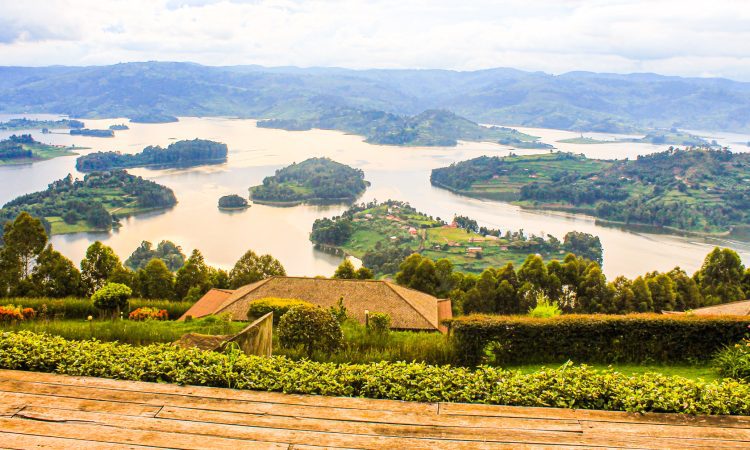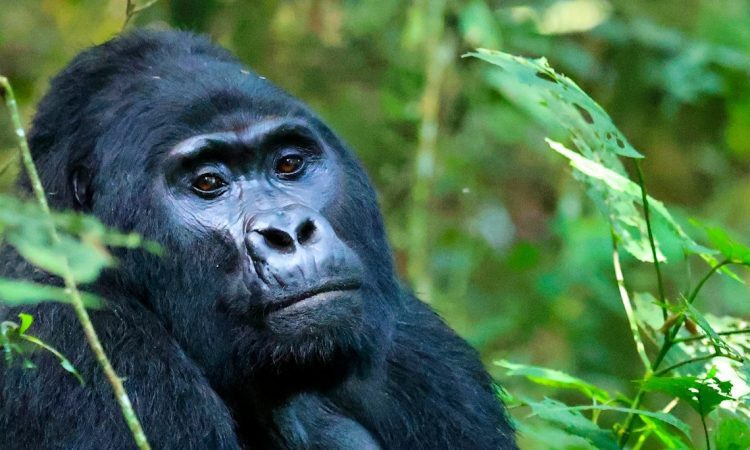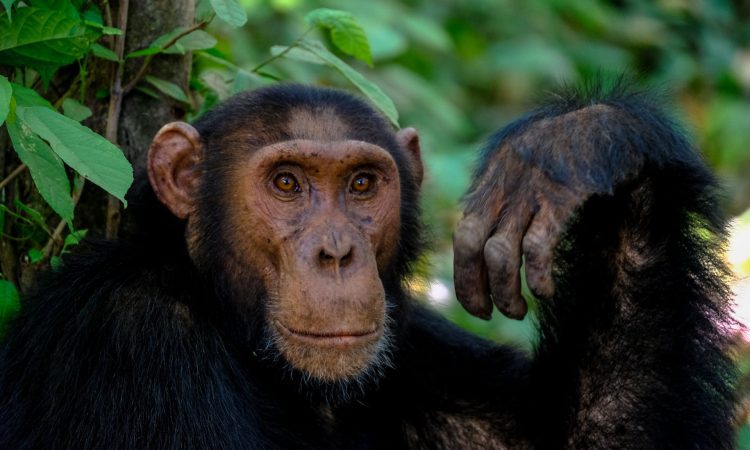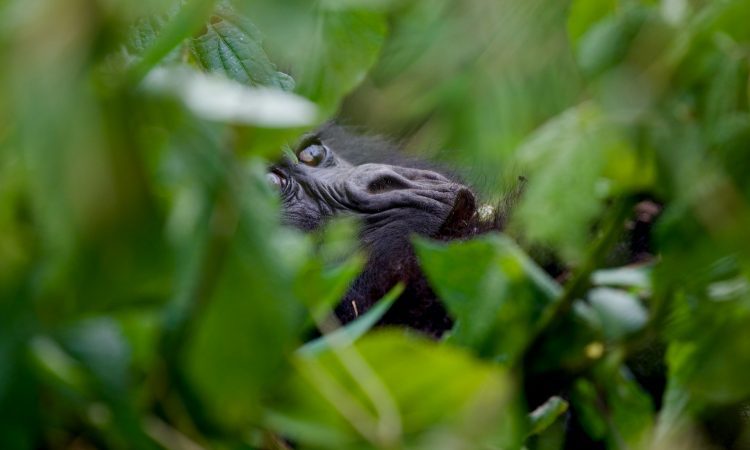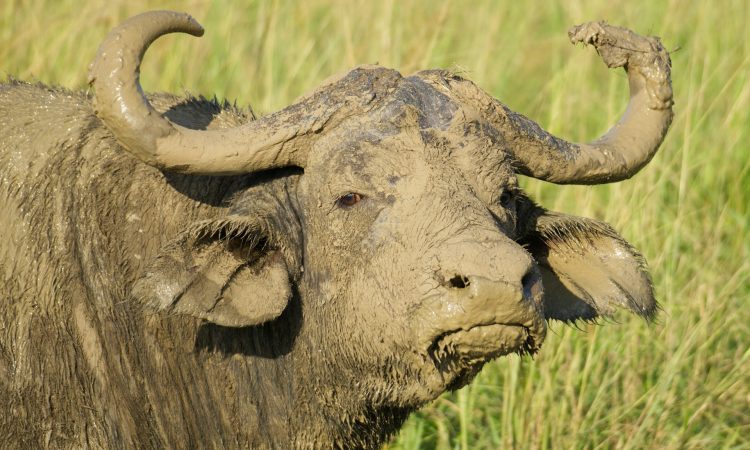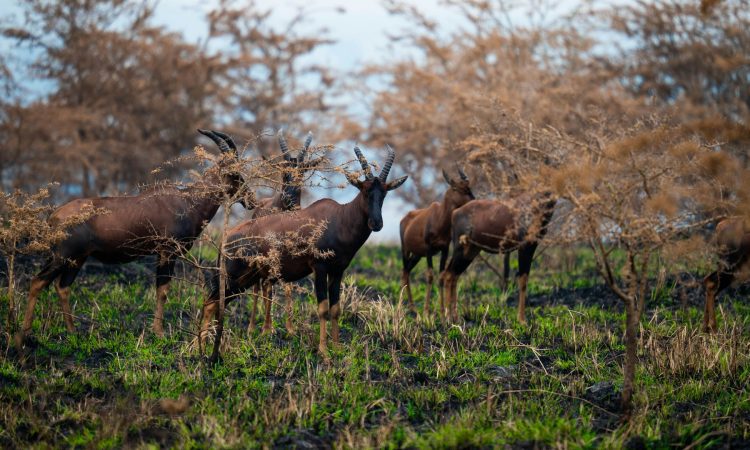How Difficult Is Gorilla Trekking in Uganda and Rwanda – Gorilla trekking is an activity that allows tourists to search for mountain gorillas and observe how they live and interact with their environment. Gorilla trekking in Rwanda is a bit easier compared to Uganda because it is simpler to locate mountain gorillas in Rwanda’s wilderness.
The difficulty of gorilla trekking in Rwanda depends on various factors, such as the location of the gorilla family, the time of year, age, physical fitness, and the cost of gorilla permits.

Tourists are always advised to plan their gorilla trekking experience in advance to reduce some of the challenges they might face. For elderly tourists or those who struggle to climb steep slopes, porters are available to help carry luggage for a fee starting at USD 20.
In Rwanda, gorilla trekking is done in Volcanoes National Park, which is mostly covered by bamboo forests. These forests make it easier to hike and find gorillas in their natural habitat.
Some gorilla families in Volcanoes National Park live in areas of higher altitude, which can be challenging for some tourists due to the need for physical fitness.
Tourists should note that the best time to visit mountain gorillas in Rwanda is during the dry season when the trails are dry. In the wet season, hiking becomes difficult as the slopes are slippery.
How Difficult Gorilla Trekking Is in Uganda
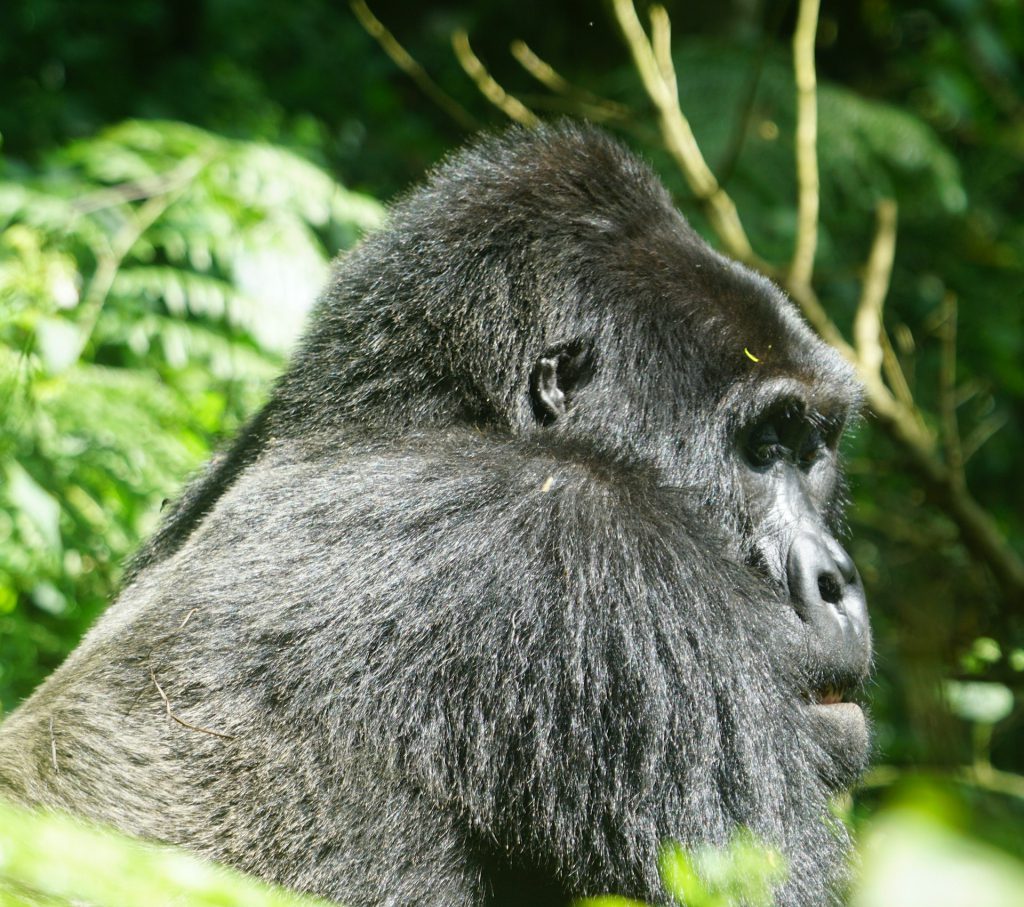
Gorilla trekking in Uganda is done in Bwindi Impenetrable National Park and Mgahinga National Park.
Bwindi Impenetrable National Park is located at a higher altitude of 2,500 meters to 3,000 meters. This means gorilla trekking requires a certain level of physical fitness, though healthy individuals can manage the challenge.
Bwindi Impenetrable National Park is covered by thick vegetation, including tropical rainforests, which makes hiking through it to search for gorillas very difficult.
Trekking through the dense forest can take about six hours before coming into close contact with the mountain gorillas.
Tourists are advised to book their permits in advance to arrange for porters who can assist with carrying luggage, especially for those who find it hard to hike the steep slopes.
It is also recommended to carry out gorilla trekking during the dry season, which runs from June to September and December to February, when the slopes are less muddy and easier to hike.

